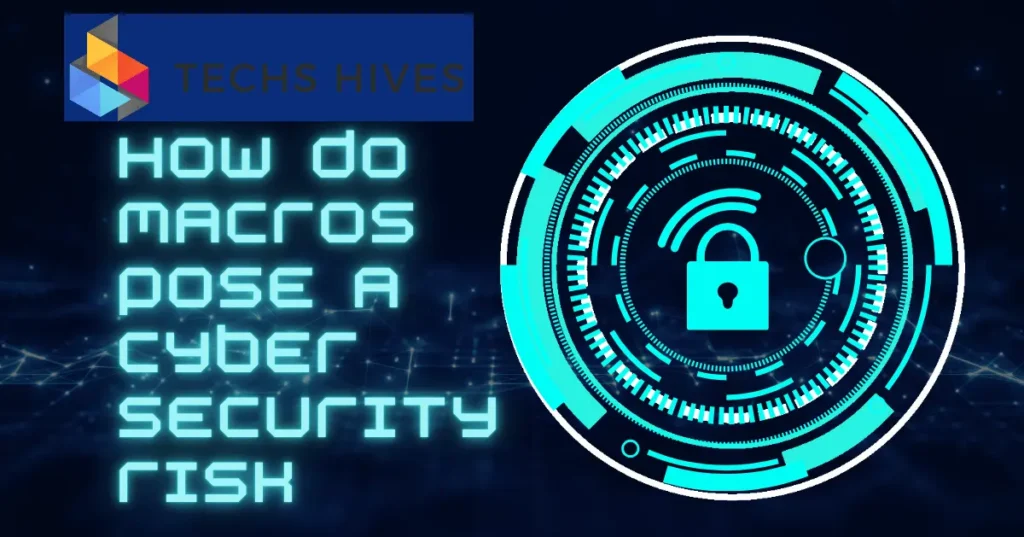Logs are vital in cybersecurity because they provide detailed records of activities within systems and networks. They help professionals monitor events, detect security incidents, and investigate suspicious behavior. By analyzing logs, cybersecurity experts can identify patterns, pinpoint vulnerabilities, and respond to threats more effectively. This information is crucial for maintaining the security and integrity of an organization’s data.
There are several types of logs used in cybersecurity. System logs record events related to operating systems, while application logs track activities within specific software. Security logs focus on security-related events, such as failed login attempts. Network logs capture traffic data between devices. Each log type plays a unique role in providing insights into system behavior.
Table of Contents
Monitoring and Incident Response
Monitoring and incident response are crucial in cybersecurity. Continuous monitoring tracks system activities and network traffic in real-time. This helps professionals spot unusual behavior or potential threats before they escalate. By analyzing logs, they can quickly identify indicators of compromise, such as unauthorized access attempts or malware activity. Effective monitoring ensures that organizations can respond promptly to security incidents, reducing their potential impact.
Incident response involves addressing and managing the aftermath of a security breach or attack. When an incident occurs, logs provide essential information for understanding what happened. They help professionals determine the source of the threat, the extent of the damage, and the steps needed to mitigate the issue.
A well-defined incident response plan, supported by thorough log analysis, enables organizations to recover quickly from incidents. This approach also helps strengthen defenses against future threats, making it essential for maintaining security.
Threat Hunting
Threat hunting is a proactive approach to identifying potential security threats before they can cause harm. Cybersecurity professionals actively search through networks and systems for signs of malicious activity. This process goes beyond traditional security measures, focusing on finding threats that may have bypassed existing defenses. By analyzing logs and data, threat hunters can uncover hidden threats and vulnerabilities.
Identifying Anomalies
During threat hunting, professionals look for anomalies in logs and system behavior. These anomalies can indicate potential breaches or attacks. For example, unusual login patterns or unexpected data transfers may signal malicious activity. By identifying these signs early, organizations can take action to mitigate threats and strengthen their security posture.
Tools and Human Expertise
Effective threat hunting relies on a combination of automated tools and human expertise. While tools can analyze large volumes of data quickly, human analysts bring context and intuition to the process. This combination helps create a robust defense strategy, allowing organizations to stay one step ahead of potential attackers.
Compliance and Auditing
Compliance is essential in cybersecurity as it ensures organizations meet legal and regulatory requirements. Various industries have specific standards that dictate how data should be handled and protected. By adhering to these regulations, companies can avoid legal penalties and maintain their reputation. Compliance also builds trust with customers and partners, showing that the organization takes data security seriously.
Role of Auditing
Auditing plays a crucial role in maintaining compliance. It involves regularly reviewing and assessing an organization’s security policies, procedures, and controls. Through audits, companies can identify gaps in their security measures and ensure they meet required standards. Auditors analyze logs and records to verify compliance and highlight areas for improvement. This process helps organizations implement effective security measures to protect sensitive data.
Log Retention Policies
A vital aspect of compliance and auditing is establishing log retention policies. These policies dictate how long logs should be kept and how they should be stored securely. Proper log retention ensures that organizations have access to critical information during audits and investigations. It also helps organizations respond effectively to security incidents and maintain a clear record of activities for compliance purposes.
Forensics and Investigation
Forensics in cybersecurity involves the application of investigative techniques to analyze digital evidence after a security incident. This process helps determine what happened, how the breach occurred, and what data may have been compromised. Cybersecurity professionals use logs and other data to reconstruct events and identify the source of the attack. Digital forensics is crucial for understanding the impact of an incident and preventing future occurrences.
Analyzing Logs for Investigations
Logs are essential tools in forensic investigations. They provide detailed records of system activities and can reveal critical information, such as user actions, system changes, and security alerts. By thoroughly analyzing logs, investigators can uncover patterns that indicate malicious behavior or unauthorized access. This analysis helps create a timeline of events, making it easier to understand the sequence of actions leading up to an incident.
Case Studies and Examples
Real-world case studies illustrate the importance of digital forensics. For example, in a data breach incident, logs may show repeated failed login attempts followed by successful access from an unusual location. This information can help investigators pinpoint vulnerabilities in the system. By learning from past incidents, organizations can enhance their security measures and reduce the risk of future breaches. Ultimately, effective forensics and investigation processes are vital for maintaining cybersecurity resilience.
Performance Optimization
Performance optimization in cybersecurity focuses on enhancing system efficiency and effectiveness while maintaining security. Slow systems can hinder productivity and lead to user frustration. By optimizing performance, organizations ensure that security measures do not interfere with operational efficiency. This balance is crucial for maintaining both security and user satisfaction.
Analyzing Logs for System Performance
Logs play a significant role in identifying performance issues. By analyzing logs, cybersecurity professionals can pinpoint bottlenecks and areas that need improvement. For example, logs may reveal that certain applications are consuming excessive resources or that specific processes are slowing down system response times. Understanding these patterns allows organizations to address performance issues proactively.
Implementing Optimization Strategies
To optimize performance, organizations can implement various strategies based on log analysis. This may include optimizing database queries, adjusting resource allocation, or upgrading hardware. Regularly reviewing logs helps maintain optimal performance levels over time. Continuous monitoring ensures that any new performance issues are identified and addressed promptly, keeping systems running smoothly while ensuring robust security.
Conclusion
Logs are essential tools for cybersecurity professionals. They provide valuable insights into system activities and help identify potential threats. By monitoring logs, professionals can detect unusual behavior and respond to incidents quickly. This proactive approach improves overall security and helps organizations protect their data.
Logs also play a critical role in compliance and auditing. They ensure organizations meet regulatory requirements and maintain a strong security posture. Analyzing logs aids in forensic investigations, helping professionals understand security incidents and prevent future breaches.



